Repairing and restoring natural stone countertops is distinct from cleaning them. When it comes to repairing marble, granite, and quartz, there are notable differences. While natural stone countertops can typically be restored by repolishing, damage to quartz countertops is often irreversible.
Chemical damage can cause areas on quartz countertops to become lighter in color, resembling a bleached-out appearance. This is because the coloring dyes within the resins utilized in the production of quartz tiles and countertops are typically affected, resulting in permanent damage.
Although spots caused by chemical damage on quartz countertops may resemble the dull, chalky spots known as marble etching, they cannot typically be repaired in the same way, or at all in most cases.
We frequently receive inquiries about whether a marble polish can be utilized to polish quartz, but unfortunately, this is not the case. The ETCH REMOVER / Marble Polishing Powder is specifically designed for use on calcareous stones such as marble and is not effective on quartz or even granite surfaces.
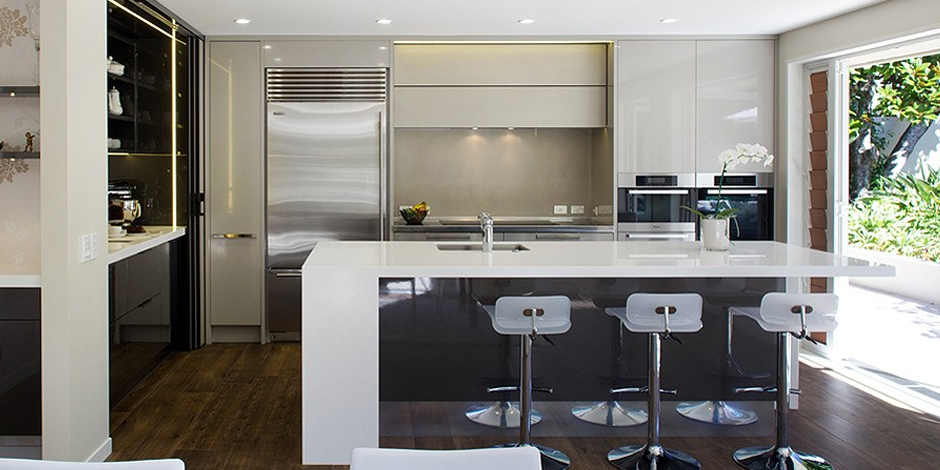
However, as marble is a relatively soft countertop material, DIY products like the aforementioned ETCH REMOVER/Marble Polishing Powder are very effective and can be used easily by unskilled individuals to restore mild to moderate etching (which is the most common issue) or scratches on marble surfaces. It is important to note that quartz and granite countertops may require different repair methods or professional assistance.
Granite is a much harder material than marble and typically requires professional re-polishing to restore its shine. While it is possible to do-it-yourself with the correct tools and knowledge, severe damage to marble is best repaired by a professional who specializes in marble cleaning and maintenance. The key is to achieve an even finish and shine on the countertop surface.
It is essential to note that the Marble Etch Remover is not effective for restoring quartz surfaces. When marble is etched, the process typically involves re-polishing the rough surface to achieve a smooth and glossy finish. Unlike quartz countertops, there is no damage or discoloration of dyes or resins with marble surfaces.
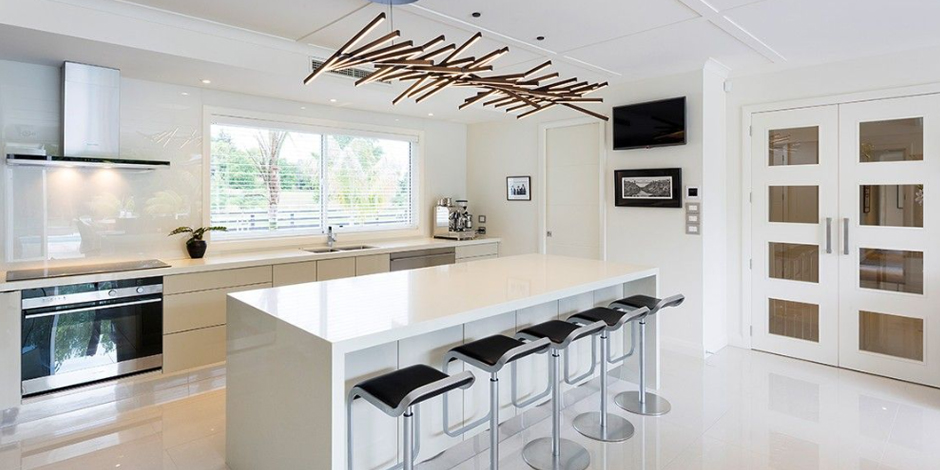
Repairing quartz countertops is feasible through the use of diamond polishing pads on a power tool, following a similar process to that used for granite surfaces.
Polishing quartz countertops is more challenging than polishing granite surfaces and requires several steps, special quartz polishing compounds, and careful use of the polishing pads in the correct order. Achieving a finish that matches the original factory finish can be a difficult task.
While it is possible to undertake the project as a DIY task, it is best justify to professionals who possess experience in re-polishing quartz surfaces. In fact, it can be even more challenging than polishing marble or granite.
It is important to note that re-polishing may not always repair bleached-out chemical damage on quartz surfaces, as it depends on the extent to which the damage has penetrated into the resin.
Fortunately, pits or chips on quartz countertops can be easily repaired, similar to those on granite surfaces, through the use of a Pit & Chip Repair Kit. This process is relatively easy and straightforward.



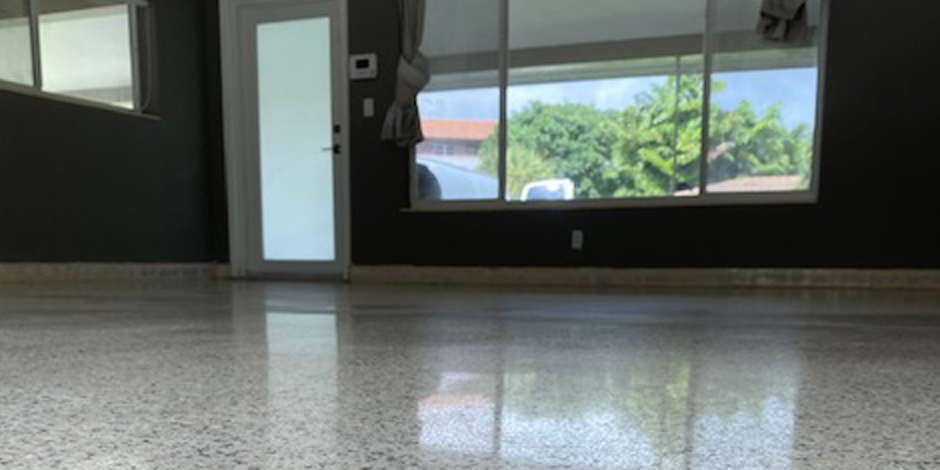
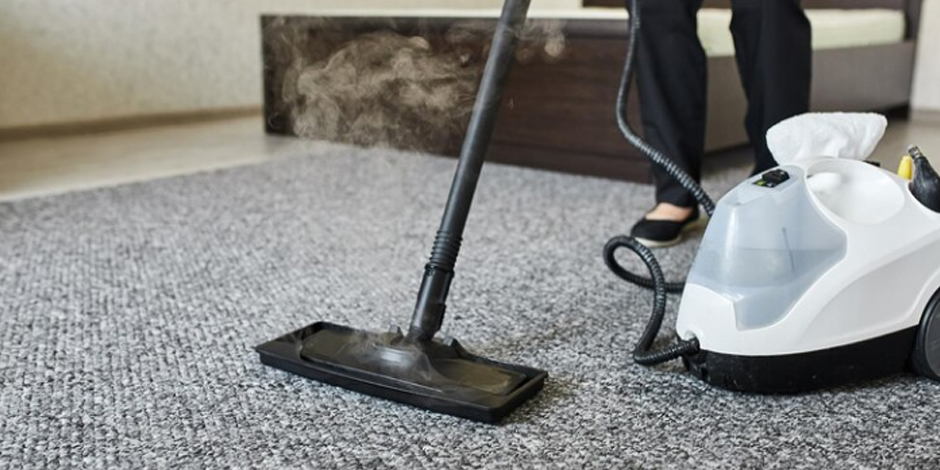
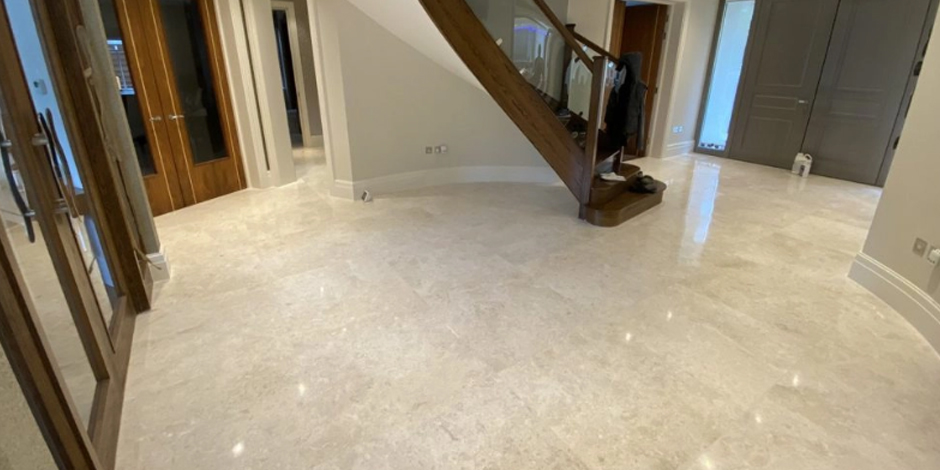

 Content Writing
Content Writing Video Marketing
Video Marketing Graphic Design
Graphic Design Lead Magnet Creation
Lead Magnet Creation Content Marketing
Content Marketing